The conventional belief about oxygen is that it was first produced billions of years ago by ancient microbes called cyanobacteria in the process of photosynthesis, in which plants and other living organisms convert carbon dioxide and water into oxygen. However, when Professor Andrew Sweetman investigated the dark depths of the Pacific Ocean, he found something that challenged this long-held view. In the oceanic depths, real oxygen was bubbling over the seabed, without the aid of any sunlight or organisms. At first, he didn’t believe what he saw, but when he came across the idea of “batteries in rocks,” he had to believe it, reported CNN. Recently, he published a study about his findings in Nature Geoscience.
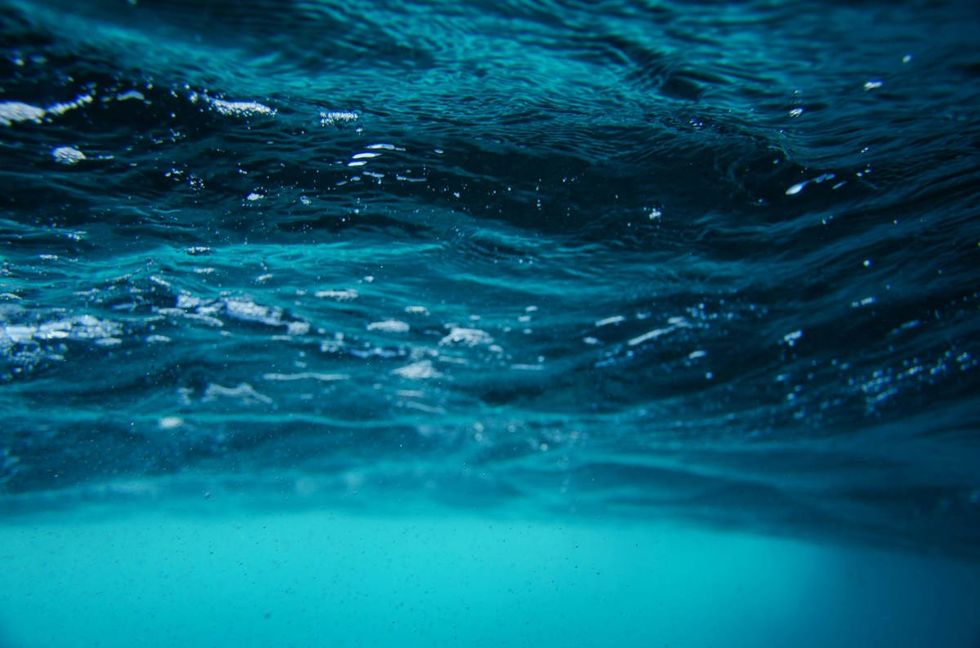
Sweetman, from the Scottish Association for Marine Science (SAMS), first noticed this bizarre oxygen-production phenomenon in a 2013 expedition. He dangled a shoe-box-sized deep-ocean lander into the seafloor and was so disappointed by his finding that he didn’t believe it. Instead, he thought that the monitoring equipment was faulty. “I basically told my students, just put the sensors back in the box. We’ll ship them back to the manufacturer and get them tested because they’re just giving us gibberish,” Sweetman told CNN, “And every single time the manufacturer came back: ‘They’re working. They’re calibrated.’”
After this expedition, Sweetman ventured on three subsequent expeditions in the same region. He investigated the Clarion-Clipperton Zone between Hawaii and Mexico, approximately 13,000 feet (4,000 meters) deep into the Pacific Ocean. At such depths, sunlight cannot reach by any means and hence, there was no possibility of finding oxygen there. But in each expedition Sweetman undertook, the sensors detected signs of oxygen. He dubbed it “dark oxygen,” given the dark environment of the seafloor where it was being puffed out. But he was still puzzled wondering what could be the source of this mysterious oxygen.
He had stumbled upon these oxygen bubbles almost unexpectedly and he kept observing it time and time again. His initial goal behind these expeditions was to assess the marine biodiversity that is typically designated for mining potato-size polymetallic nodules. These nodules, strewn across the seafloor, are formed by chemical processes over millions of years. The water that swishes past things like shell fragments, squid beaks and shark teeth, accumulates metal flakes, and over time, forms these metal nuggets. These metals including cobalt, nickel, copper, lithium, and manganese are then used to build electric batteries and a variety of electronics.
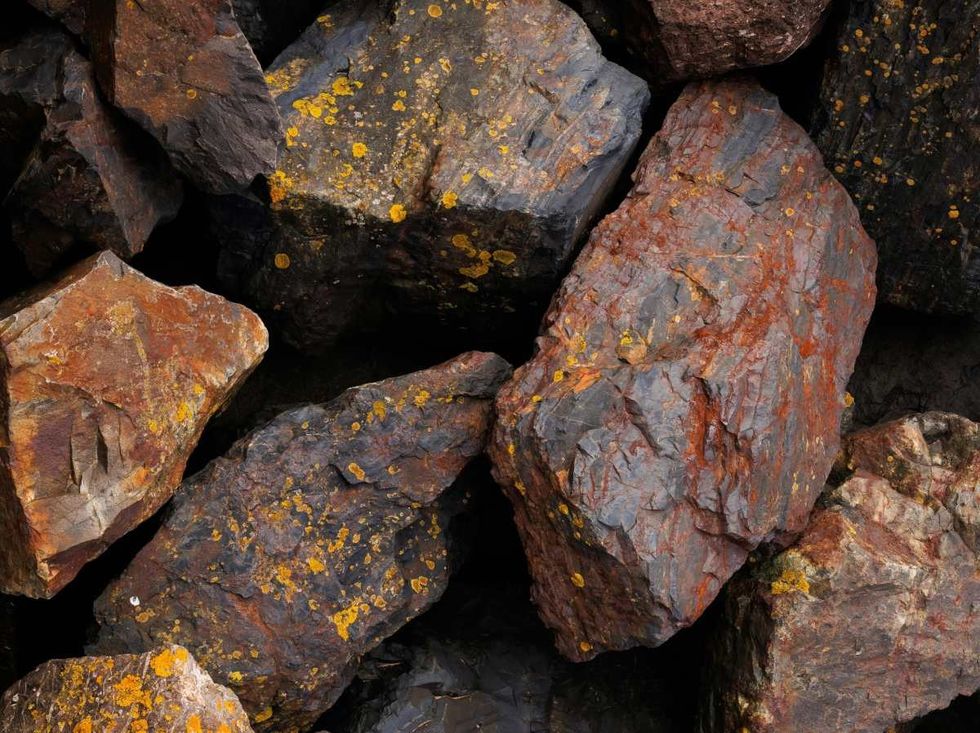
But when he repeatedly came across oxygen deep down there, he was determined to find what was causing it. After collecting samples of sediment, seawater, and polymetallic nodules, he returned to his laboratory and set out to discover how this “dark oxygen” was being produced without sunlight or living organisms. Then, one day, as he was sitting in a Brazilian hotel, watching a documentary, he heard someone say the phrase “battery in a rock.” A lightbulb went on in his head. He wondered whether the mysterious oxygen was being produced by an “electrochemical” process.

There is a process called “seawater electrolysis.” When electric current is passed through seawater, it splits the water into oxygen and hydrogen. Sweetman thought that a similar process was going on inside the metallic nodules. He reached out to electrochemist Franz Geiger, who was equally flabbergasted. “It appears that we discovered a natural ‘geobattery,’” said Geiger, per CNN. “These geobatteries are the basis for a possible explanation of the ocean’s dark oxygen production.”
So the answer to the question “Where is this dark oxygen coming from,” turned out to be “metal.” The remarkable finding can change the way scientists think about the origin of life. Plus, if these metal nuggets produce oxygen, the world now has a new supply of oxygen, which is cool. "The discovery of oxygen production by a non-photosynthetic process requires us to rethink how the evolution of complex life on the planet might have originated," said SAMS marine scientist Nicholas Owens, per ScienceAlert. "In my opinion, this is one of the most exciting findings in ocean science in recent times."

This also raises concerns that potential mining processes could end up destroying these vital supplies of oxygen as they pierce into these metallic nuggets, nearly smattering them to powder. But as far as curiosity is concerned, scientists have found a melting pot of gold to contemplate the origin of life. "We now know that there is oxygen produced in the deep sea, where there is no light," said Sweetman per ScienceAlert. "I think we, therefore, need to revisit questions like: Where could aerobic life have begun?"





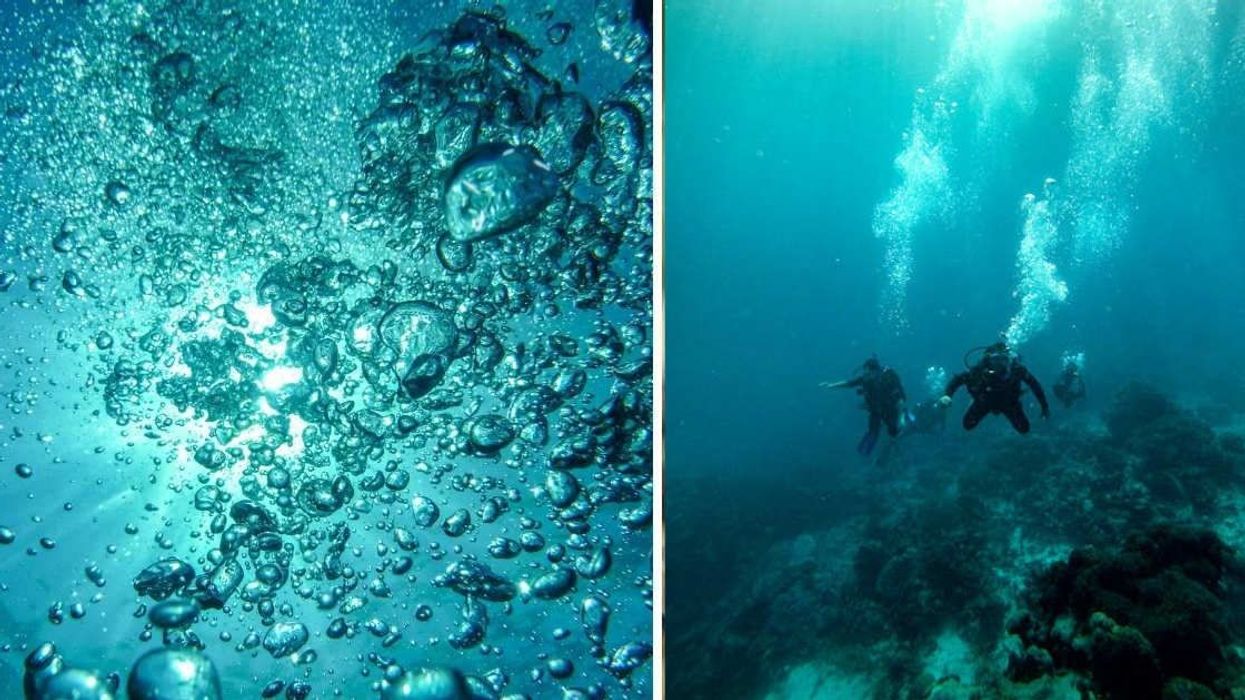


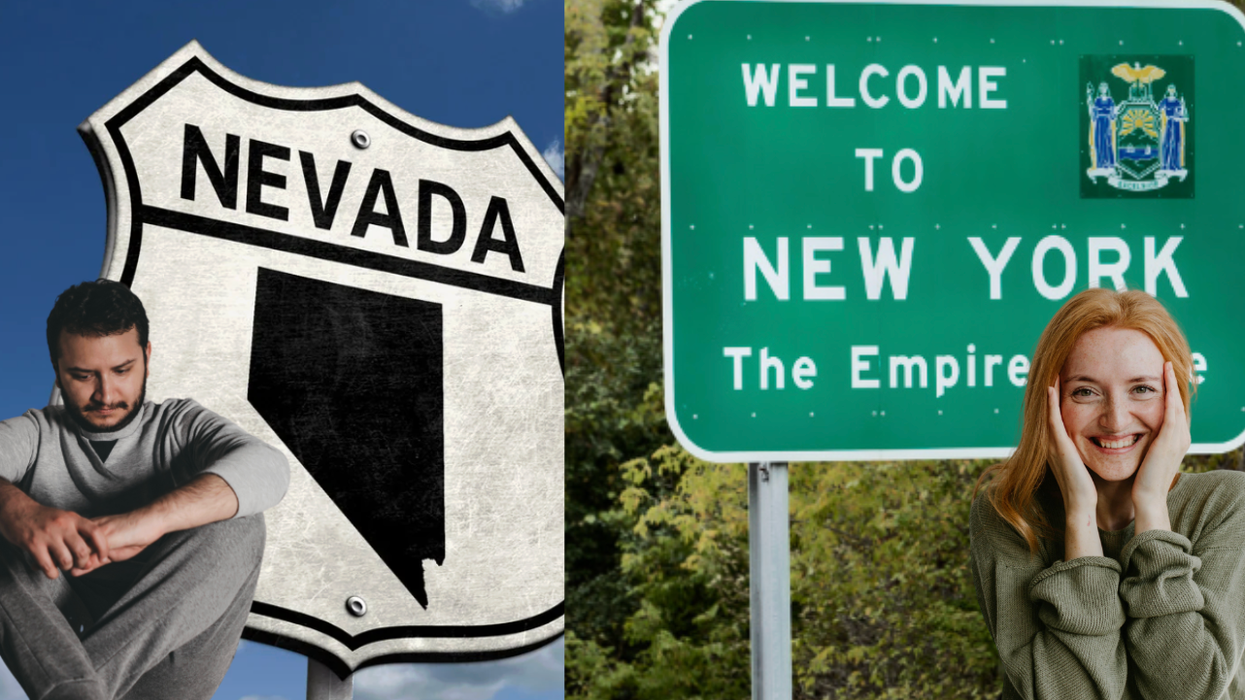





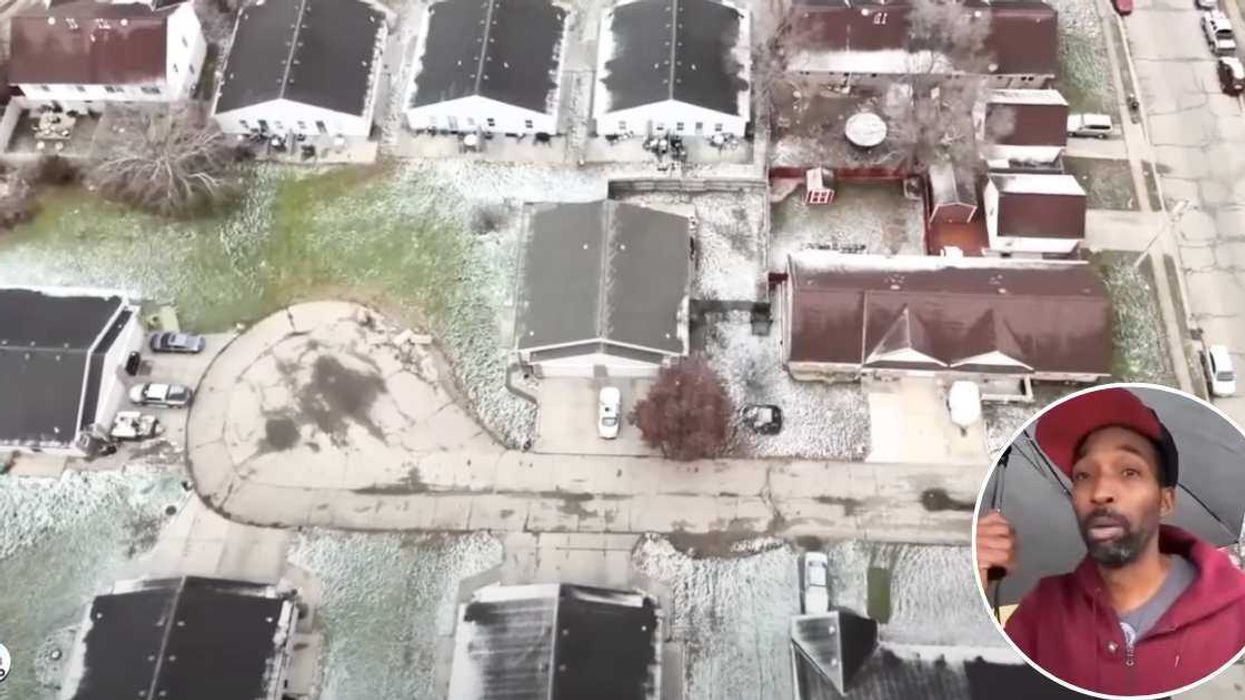



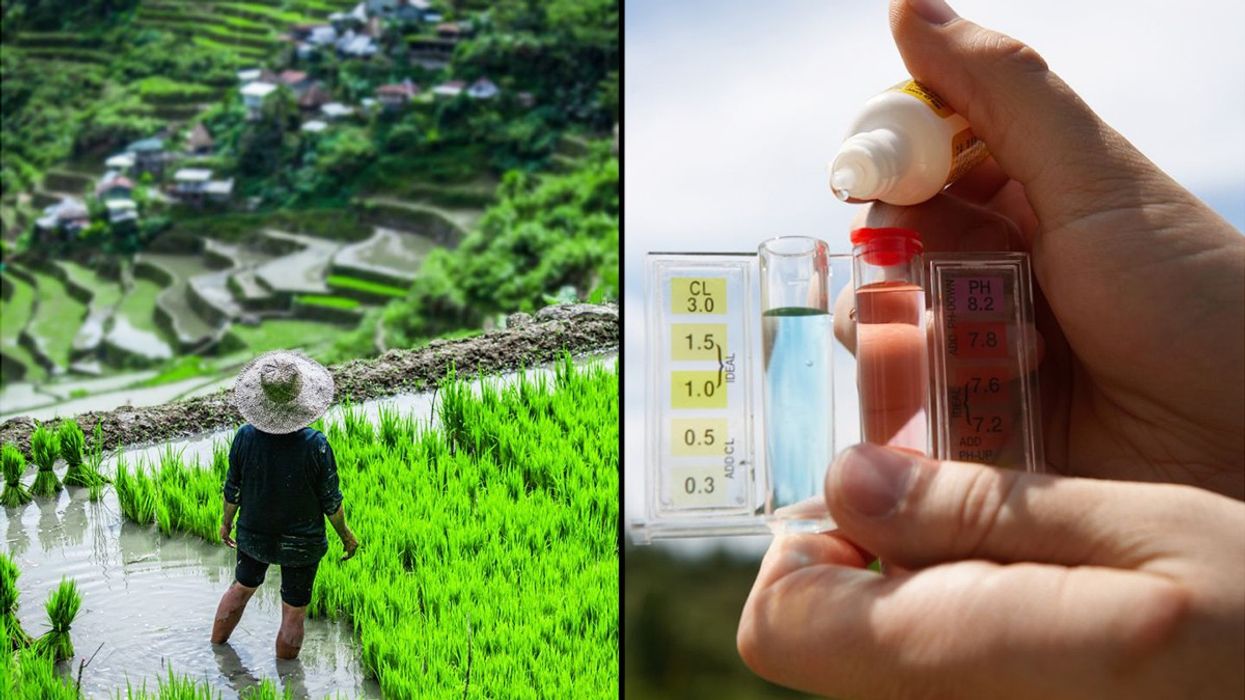
 Rice grain and white rice.Image via
Rice grain and white rice.Image via  Person eats rice.Image via
Person eats rice.Image via  Washing and rinsing rice.
Washing and rinsing rice.  Mother and daughter eating rice meal.Image via
Mother and daughter eating rice meal.Image via 

 Bees feeding on food source.Image via
Bees feeding on food source.Image via 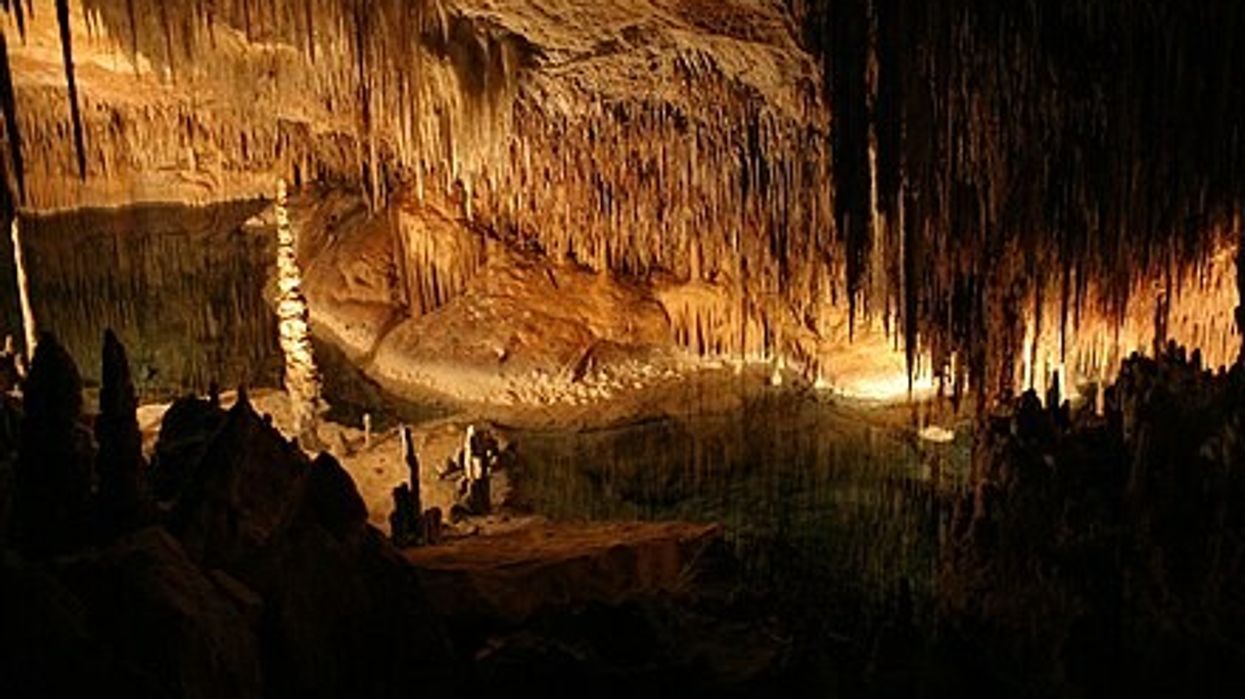
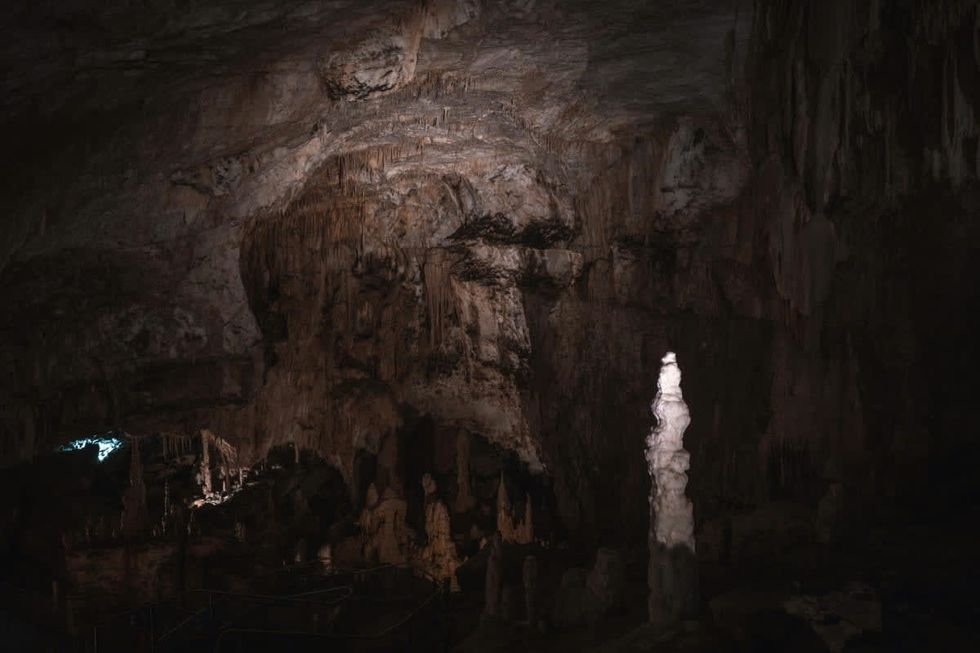 In the depths...Pexels | francesco ungaro
In the depths...Pexels | francesco ungaro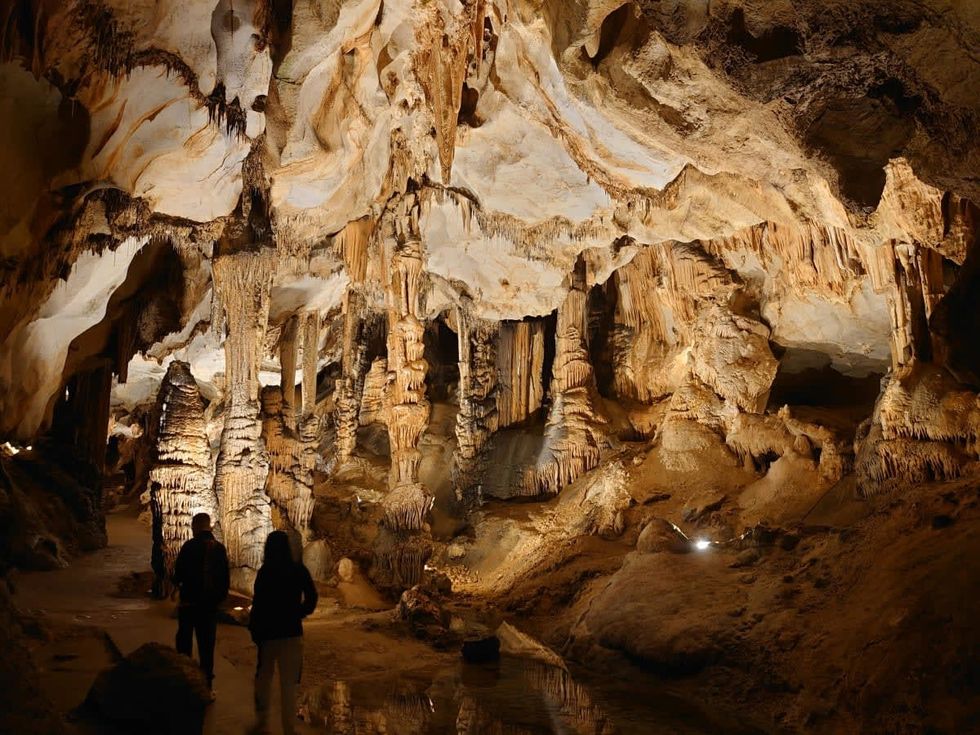 Hope the lights stay on. Pexels | parfait fongang
Hope the lights stay on. Pexels | parfait fongang "That was beyond crazy..." YouTube |
"That was beyond crazy..." YouTube |  "This is the stuff of my nightmares..."YouTube |
"This is the stuff of my nightmares..."YouTube |  "Totally blown away..." YouTube |
"Totally blown away..." YouTube | 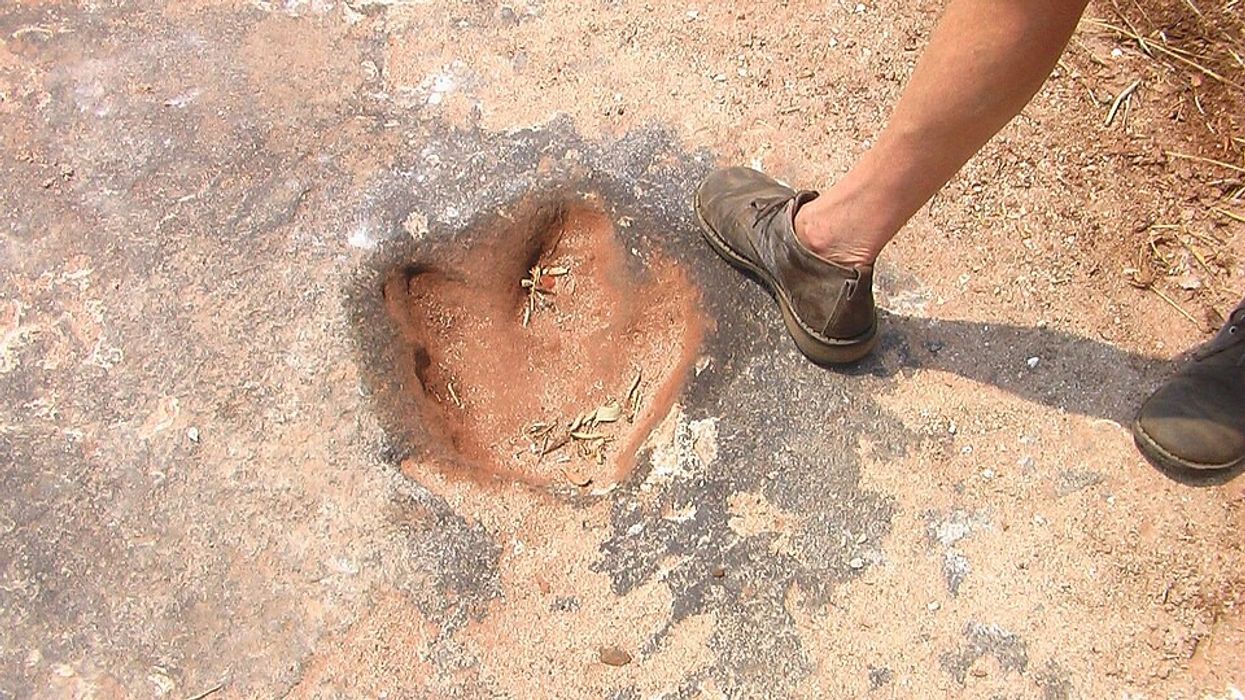
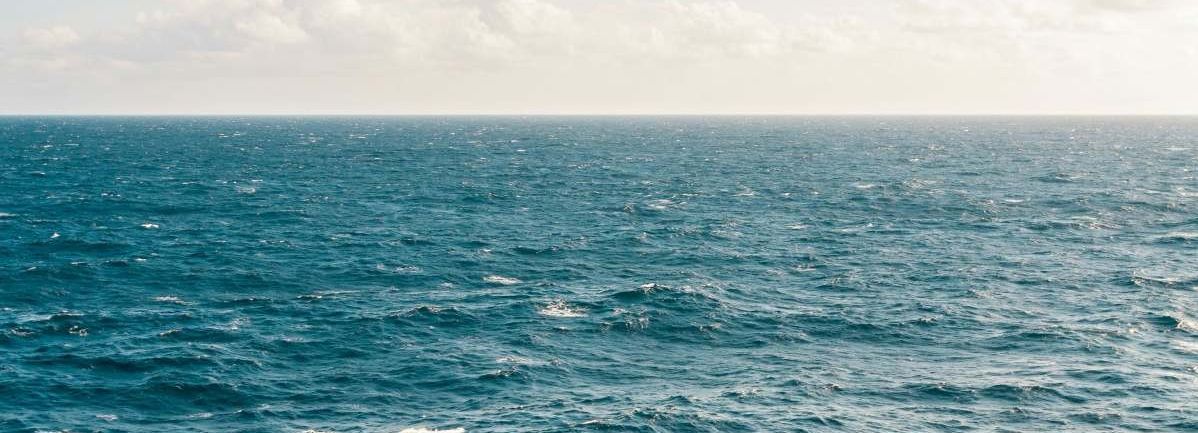 A representative Image of The Atlantic Ocean. Source: Pexels | Kellie Churchman
A representative Image of The Atlantic Ocean. Source: Pexels | Kellie Churchman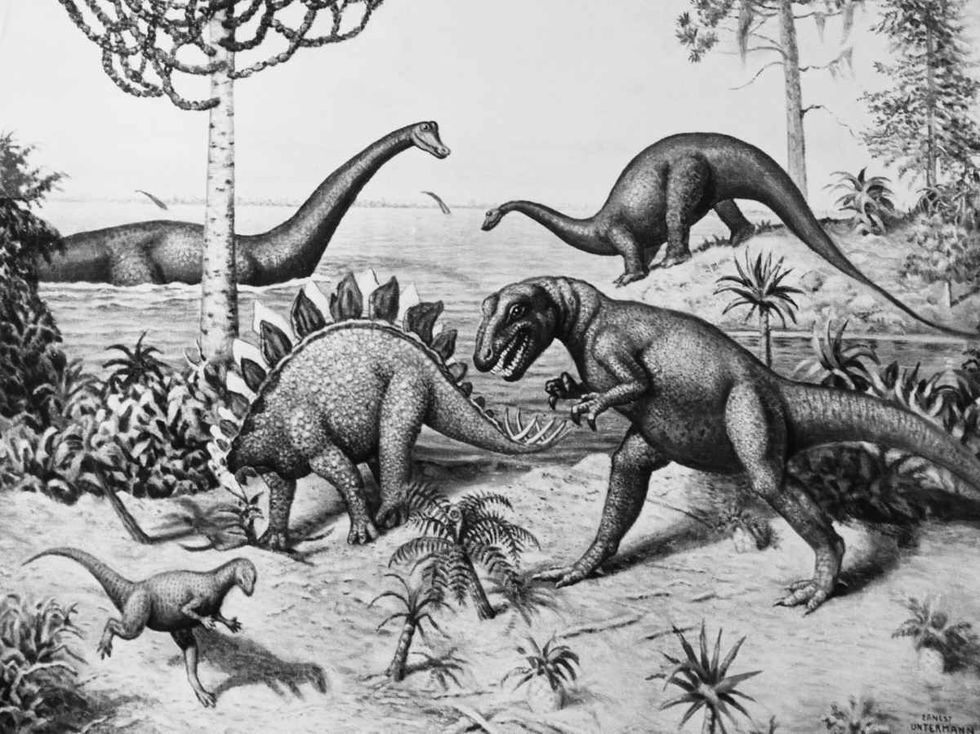 Representative Image Source: Painting from a series by Ernest Untermann in the museum at Dinosaur National Monument, Utah.
Representative Image Source: Painting from a series by Ernest Untermann in the museum at Dinosaur National Monument, Utah.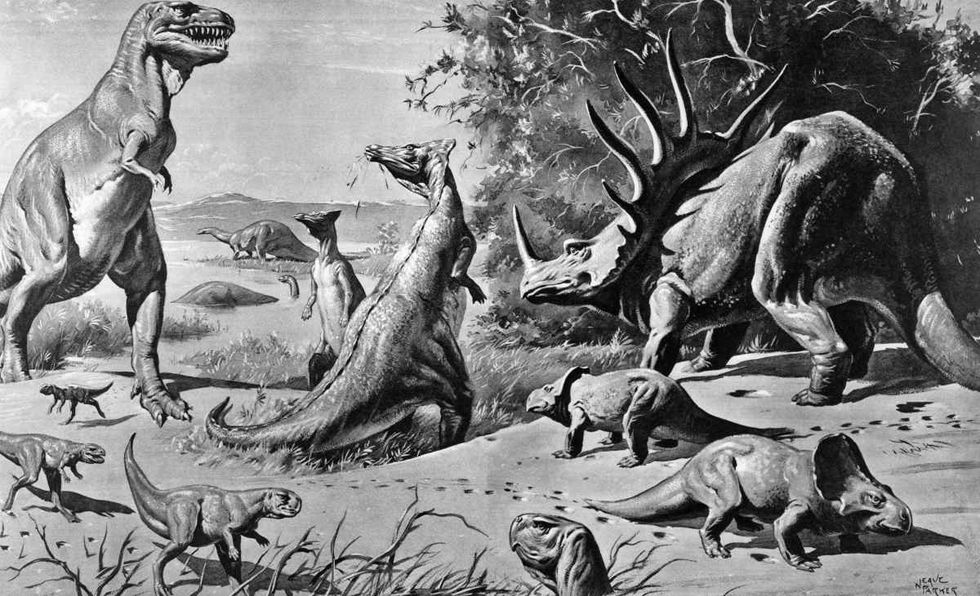 Representative Image Source: VARIOUS DINOSAURS IN GOBI DESERT. Photo by H. Armstrong Roberts/ClassicStock/Getty Images
Representative Image Source: VARIOUS DINOSAURS IN GOBI DESERT. Photo by H. Armstrong Roberts/ClassicStock/Getty Images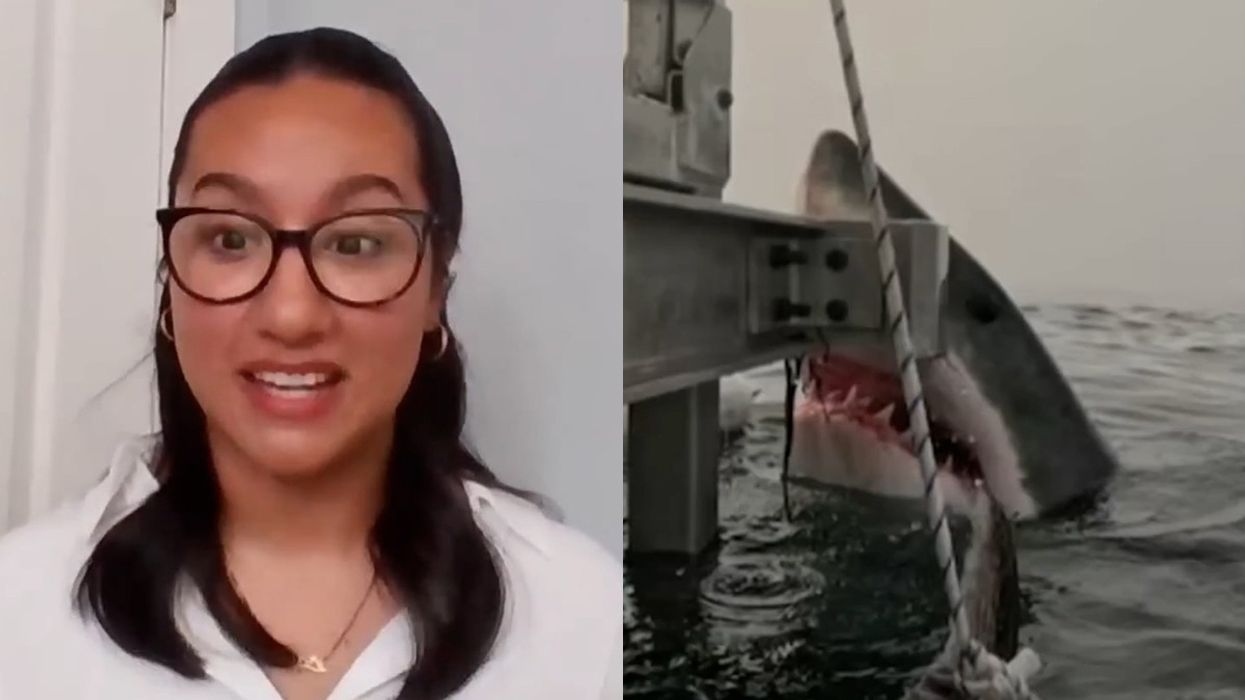
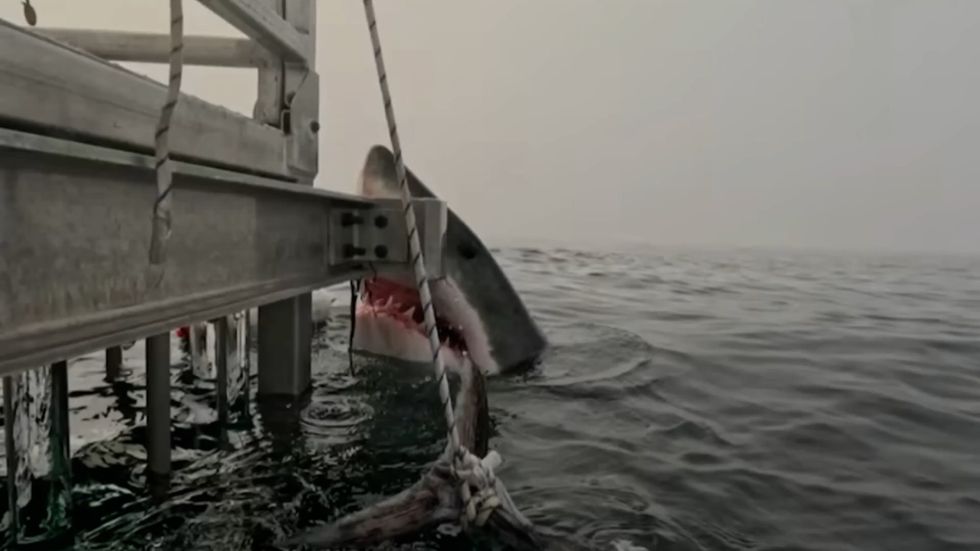 Great white shark pokes its head above water.Image pulled from YouTube video - Photo taken by Geraldine Fernandez
Great white shark pokes its head above water.Image pulled from YouTube video - Photo taken by Geraldine Fernandez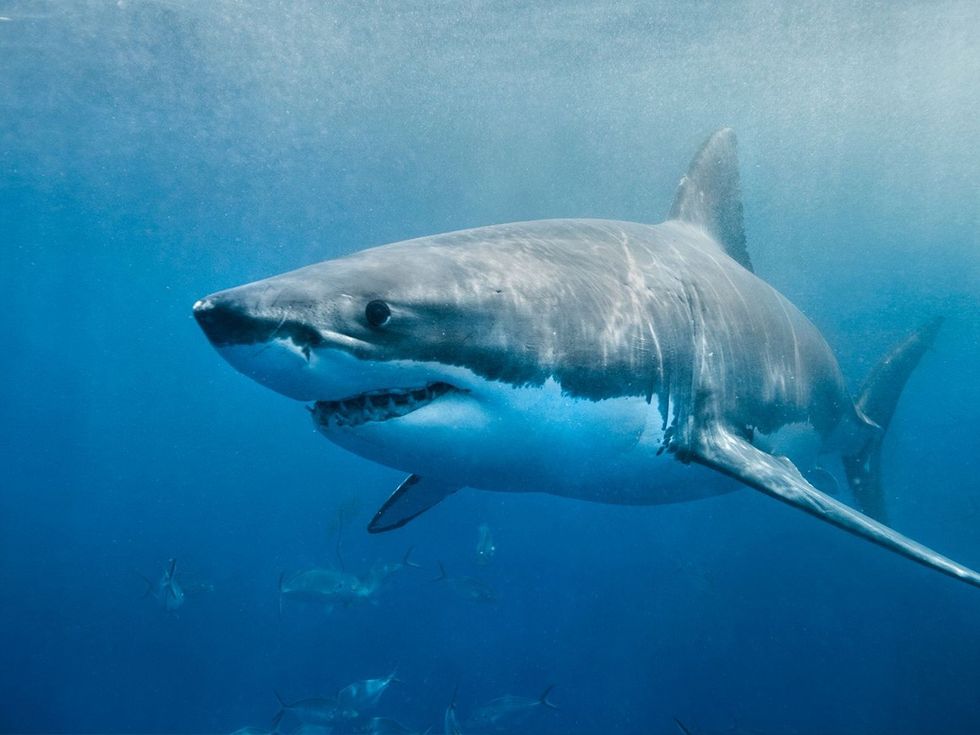 Great white shark swims in the ocean.Image via Canva - Photo by lindsay_imagery
Great white shark swims in the ocean.Image via Canva - Photo by lindsay_imagery
President Donald J. Trump and photo of a forest.
Public united and adamantly opposes Trump’s plan to roll back the Roadless Rule
There doesn't seem to be much agreement happening in the U.S. right now. Differing moral belief systems, economic disparity, and political divide have made a country with so many positives sometimes feel a little lost. Everyone desperately seeks a niche, a connection, or a strong sense of community to which they can feel a "part of," rather than just "apart."
But there seems to be one thing that the country strongly unites over, and that's the "Roadless Rule." With the Trump Administration attempting to roll back conservation policies that protect U.S. National Forests, Americans are saying in harmony an emphatic "No." A nonpartisan conservation and advocacy organization, the Center for Western Priorities, reviewed a comment analysis on the subject. After receiving 223,862 submissions, a staggering 99 percent are opposed to the president's plan of repeal.
What is the 'Roadless Rule' policy implemented in 2001?
The Roadless Rule has a direct impact on nearly 60 million acres of national forests and grasslands. According to the U.S. Department of Agriculture, the rule prohibits road construction and timber harvests. Enacted in 2001, it is a conservation rule that protects some of the least developed portions of our forests. It's considered to be one of the most important conservation wins in U.S. history.
America's national forests and grasslands are diverse ecosystems, timeless landscapes, and living treasures. They sustain the country with clean water and the wood products necessary to build our communities. The National Parks protected under their umbrella offer incredible recreational retreats and outdoor adventure.
Why does the administration want to roll it back?
U.S. Secretary of Agriculture Brooke L. Rollins told the Department of Agriculture in a 2025 press release, “We are one step closer to common sense management of our national forest lands. Today marks a critical step forward in President Trump’s commitment to restoring local decision-making to federal land managers to empower them to do what’s necessary to protect America’s forests and communities from devastating destruction from fires." Rollins continued, “This administration is dedicated to removing burdensome, outdated, one-size-fits-all regulations that not only put people and livelihoods at risk but also stifle economic growth in rural America. It is vital that we properly manage our federal lands to create healthy, resilient, and productive forests for generations to come. We look forward to hearing directly from the people and communities we serve as we work together to implement productive and commonsense policy for forest land management.”
Forest Service Chief Tom Schultz explained the Roadless Rule frustrated land management and acts as a challenging barrier to action. It prohibits road construction needed to navigate wildfire suppression and properly maintain the forest. Schultz said, “The forests we know today are not the same as the forests of 2001. They are dangerously overstocked and increasingly threatened by drought, mortality, insect-borne disease, and wildfire. It’s time to return land management decisions where they belong – with local Forest Service experts who best understand their forests and communities."
Why are people adamantly opposed to the proposed rollback?
A 2025 article in Earthjustice, a nonprofit environmental law organization, expressed its concern over the protection of national forests covering 36 states and Puerto Rico. A rescinded rule allows increased logging, extractive development, and oil and gas drilling in previously undisturbed backcountry. Here is what some community leaders had to say about it:
President Gloria Burns, Ketchikan Indian Community, said, "You cannot separate us from the land. We depend on Congress to update the outdated and predatory, antiquated laws that allow other countries and outside sources to extract our resource wealth. This is an attack on Tribes and our people who depend on the land to eat. The federal government must act and provide us the safeguards we need or leave our home roadless. We are not willing to risk the destruction of our homelands when no effort has been made to ensure our future is the one our ancestors envisioned for us. Without our lungs (the Tongass) we cannot breathe life into our future generations.”
Linda Behnken, executive director of the Alaska Longline Fishermen’s Association, stated, "Roadbuilding damaged salmon streams in the past — with 240 miles of salmon habitat still blocked by failed road culverts. The Roadless Rule protects our fishing economy and more than 10,000 jobs provided by commercial fishing in Southeast Alaska.”
The Sierra Club's Forest Campaign Manager Alex Craven seemed quite upset, saying, "The Forest Service followed sound science, economic common sense, and overwhelming public support when they adopted such an important and visionary policy more than 20 years ago. Donald Trump is making it crystal clear he is willing to pollute our clean air and drinking water, destroy prized habitat for species, and even increase the risk of devastating wildfires, if it means padding the bottom lines of timber and mining companies.”
The 2025 recession proposal would apply to nearly 45 million acres of the national forests. With so many people writing in opposition to the consensus, the public has determined they don't want it to happen.
Tongass National Forest is at the center of the Trump administration's intention to roll back the 2001 Roadless Rule. You can watch an Alaska Nature Documentary about the wild salmon of Tongass National Forrest here:
- YouTube www.youtube.com
The simple truth is we elect our public officials to make decisions. The hope is they do this for all of our well-being, although often it seems they do not. Even though we don't have much power to control what government officials do, voicing our opinions strongly enough often forces them to alter their present course of action. With a unanimous public voice saying, "No!" maybe this time they will course correct as the public wishes.